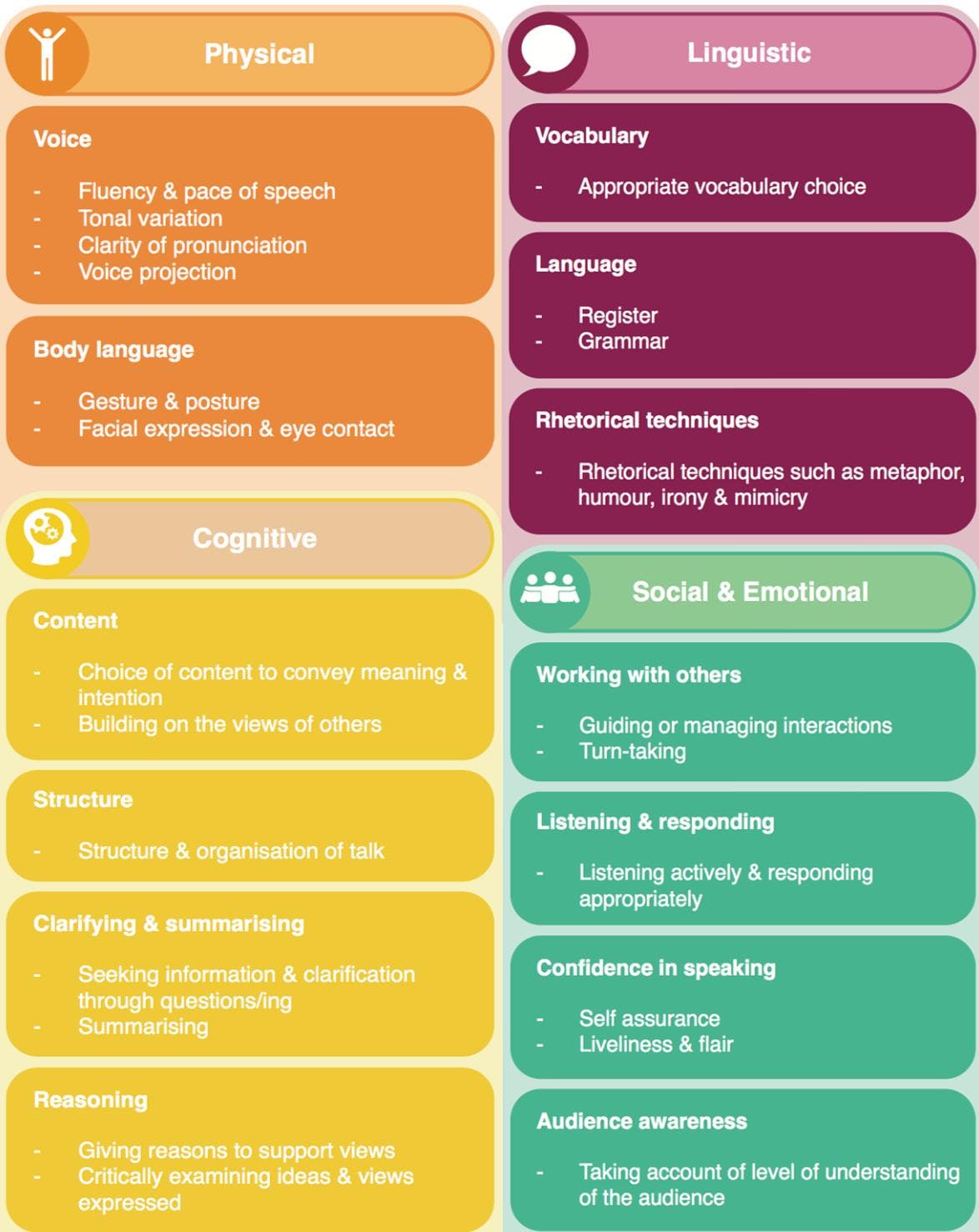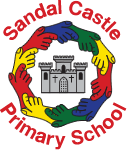Learning to read so we can read to learn and gain pleasure is at the heart of all areas of the curriculum. Early reading is therefore our first, foremost and central priority in school so all children are readers. Books are enjoyed and used across all curriculum areas as highly valued hooks, tools and a way of escaping in to other worlds, times, places and situations.
Oracy in the Curriculum
We are determined that all children will learn to read, regardless of any barriers to and levels of learning. We place a strong focus on reading and believe that all children need to learn how to read by the end of KS1- marrying both strong phonic knowledge and fluency for comprehension. Our teaching of phonics across school is fundamental to the progress of all children, regardless of their starting points. We believe that it is important that all children become fluent readers and as a result, reading is always our first, foremost and central ongoing priority. Because of this, children will have the skills and knowledge to access the wider curriculum. A crucial part of this is to inspire a love of reading. A range of texts and genres are shared and used daily as part of functional reading lessons but also as part of timetabled ‘story time’ across school- this is integral to our approach to whole school reading. We foster a love of reading across the curriculum as it is our upmost priority. Our teachers read to children every day, sometimes to challenge and often purely for pleasure. Reading aloud and storytelling are skills we develop and value highly amongst our body of staff.

How can teachers support oracy in their classrooms?
Speech and communication lies at the heart of classroom practice. It is the predominant way in which teachers provide instruction and support to their children and is central to how most students engage with the curriculum.
A recent article studied by English faculty members at Sandal Castle examines how teachers can support oracy in the classroom, drawing on research commissioned by Voice 21, an organisation working with UK schools to support the teaching of spoken communication skills, and undertaken by LKMco, a think tank working across the education and policy sectors.
What is ‘oracy’?
Oracy can be seen as an outcome, whereby children learn to talk confidently, appropriately and sensitively. The article focuses on oracy as a process, whereby children learn through talk, deepening their understanding through dialogue with their teachers and peers (Alexander, 2012). Oracy involves teachers and their classes thinking carefully and deliberately about the sorts of spoken language they are using, and this will vary across subjects and with different age groups. Different types of talk will be appropriate at different points in the learning cycle, and Robin Alexander outlines five key types of ‘teaching talk’ (Alexander, 2008):
- Rote: imparting knowledge by getting students to repeat key pieces of information to impart facts, ideas and routines.
- Recitation: using questions to test students’ knowledge and understanding, to check students’ progress, and stimulate recall.
- Instruction: telling students what to do and explaining key facts, principles or processes in order to transmit information.
- Discussion: encouraging the exchange of ideas within a class, to share information.
- Dialogue: using structured questions and discussion, helping students deepen understanding of key knowledge, principles and processes.

